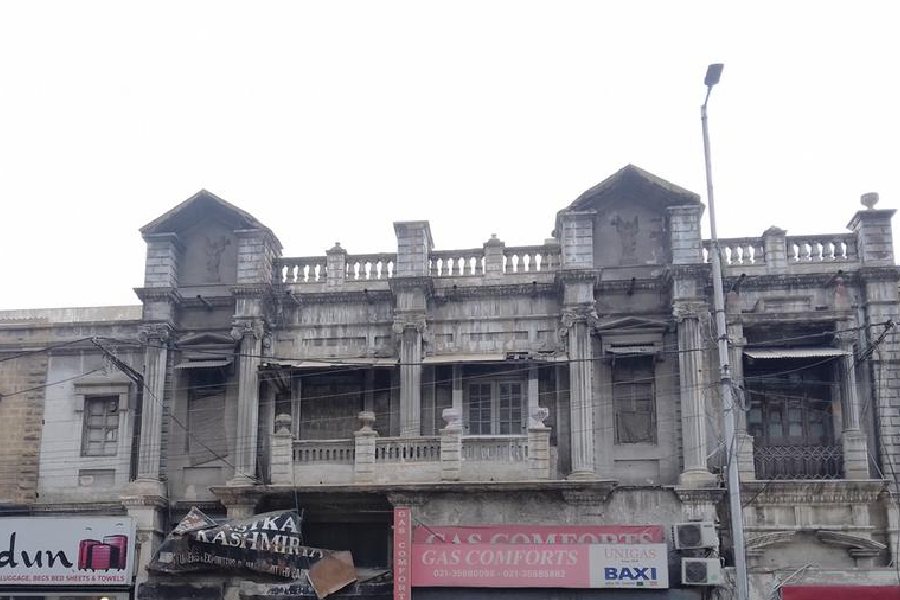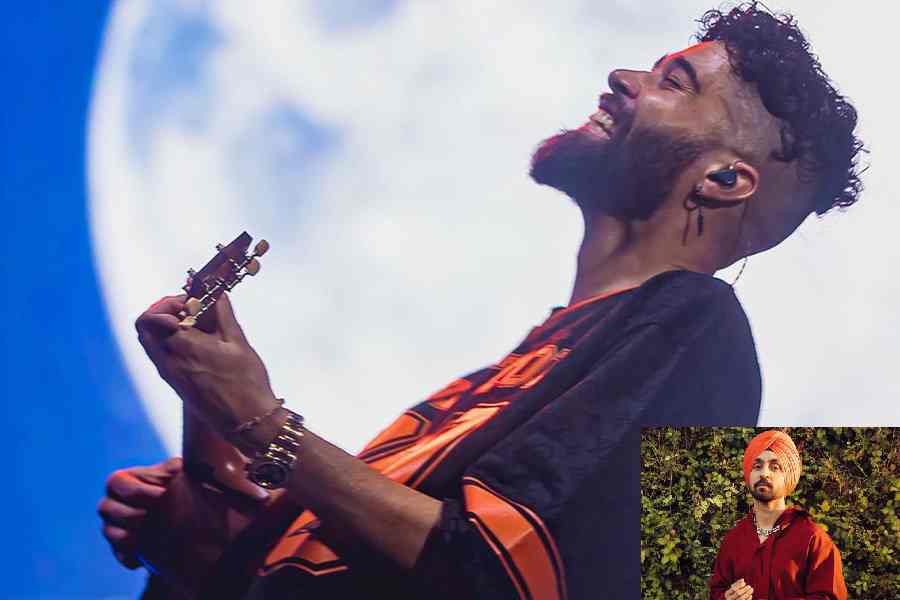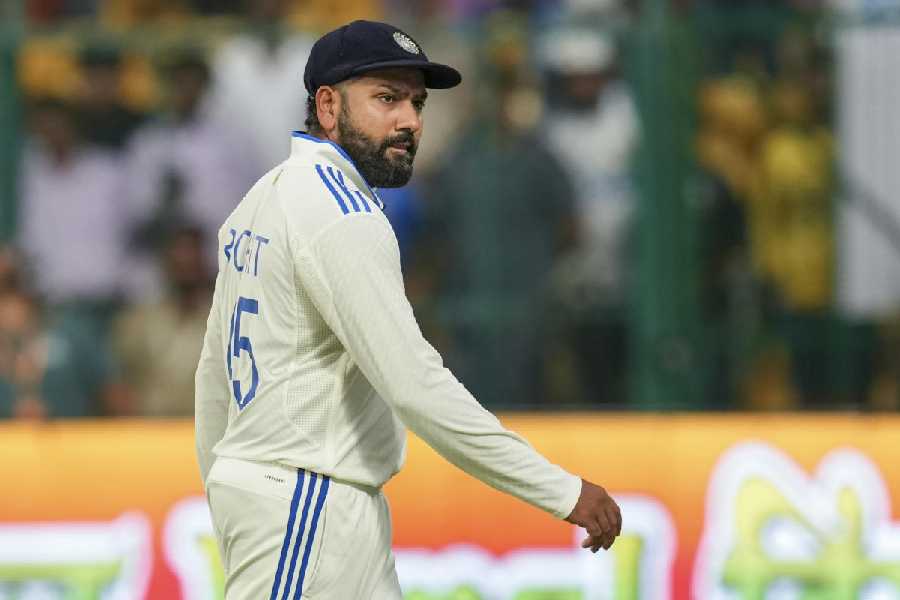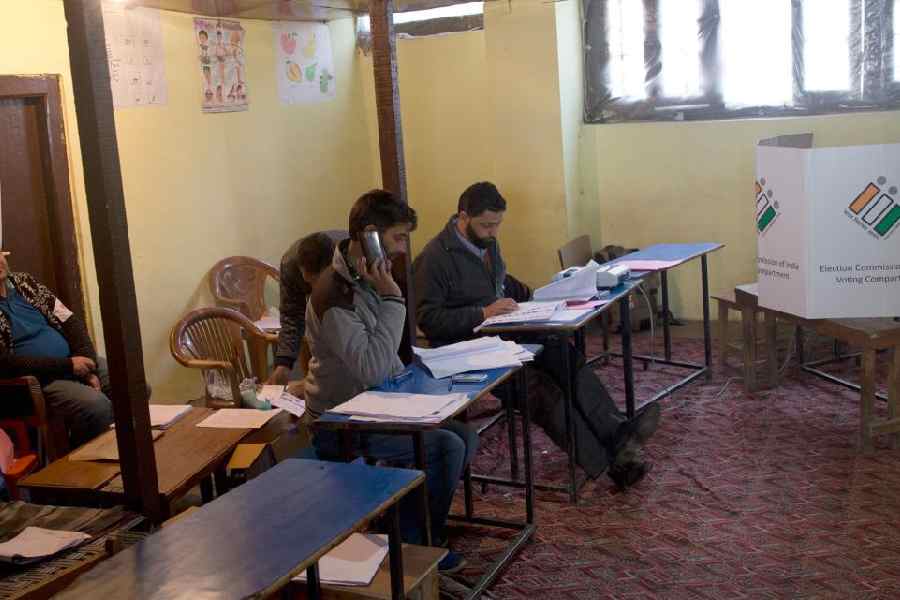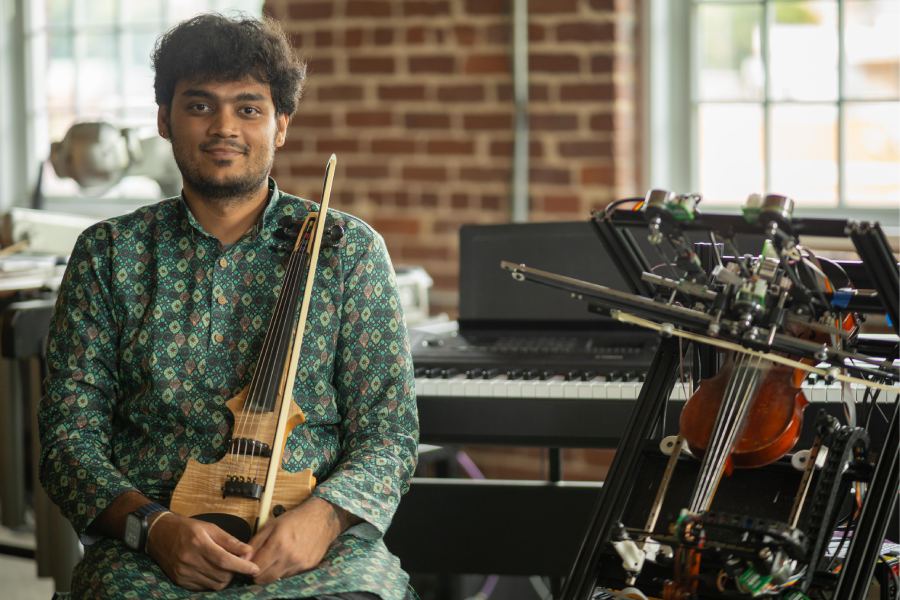Karachi, Pakistan's most populous city, is quickly turning into a concrete jungle with town planners and researchers scrambling to save some of its historic buildings.
A big part of the city's past is Karachi's Jewish community. But preserving traces of this culture seems to be a losing battle in the mostly Muslim city. Award-winning Pakistani architect Yasmeen Lari warns that the situation is "grim."
"There used to be a Jewish graveyard which is [now] in a poor state," she told DW.
"It is sad to note that heritage is being destroyed and those who can do something about it aren't moved by it. Multistory structures are being built over or in place of pre-independence buildings. What is going on in the city? Everyone who is supposed to be guarding heritage, doesn't seem to desire so."
Jewish architect Somake behind key Karachi buildings
Karachi's Jewish heritage is intrinsically linked with architect Moses Somake, who was born in 1875 in Lahore and passed away on in 1947 in London. Yasmeen Lari says Somake designed quite a few buildings across Karachi, most notably the Mules Mansion, BVS Parsi High School, Flagstaff House (now Quaid-e-Azam House), Edward House and the Goan Association Hall. She believes he was also the architect of Victoria Mansion which is next to Edward House on Abdullah Haroon Road (formerly Victoria Road) opposite the Metropole Hotel.
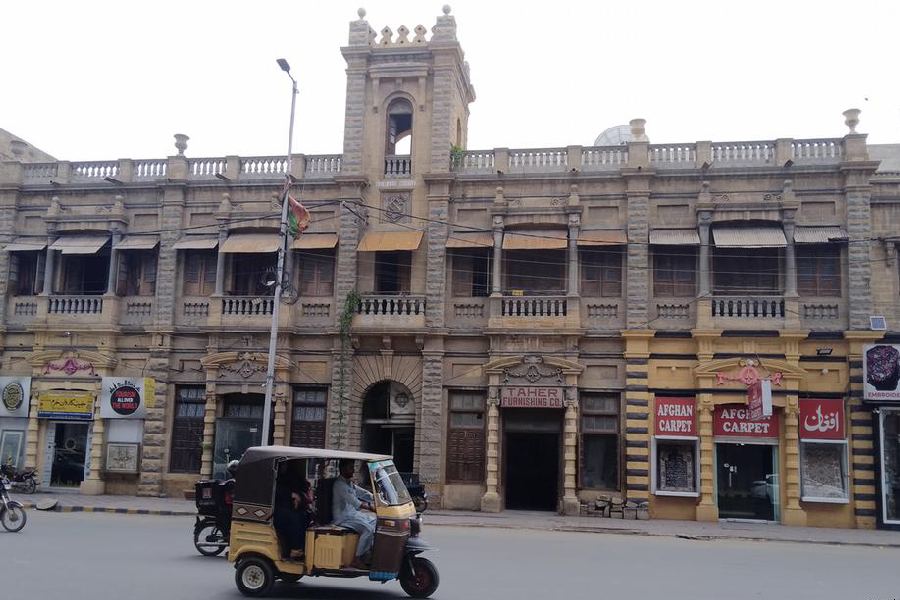
Edward House in Karachi bears the hallmarks of Somake's distinct style
"When I was setting up archives for the Karachi Metropolitan Corporation (KMC), I found papers which suggested Somake designed a mosque to be constructed here, but it was never built," Lari said.
Somake was a versatile artist, but his talent makes it easy for a discerning student of architecture or history to recognize his style. Edward House has a simple facade; Mules Mansion has hints of a Renaissance influence; the Karachi Goan Association Hall has a pedimented center with hipped roofs and dormers; BVS Parsi School has capitals with carved features; and Flagstaff House has semicircular balconies. And yet, all of them have a distinctive Somakesque feel to them.
Surviving synagogue 'hard to spot'
Present-day Karachi is overwhelmingly Muslim, but the city boasted a much more diverse population and a vibrant Jewish community before Pakistan was formed in 1947. The number of Jewish residents in Karachi started to thin considerably in the 1960s, during the rule of dictator Ayub Khan, with most of them leaving the country. In 1988, their synagogue was razed to the ground and a plaza was constructed in its place. Some accounts suggest that the Jewish custodians of the synagogue were hoodwinked by estate agents.
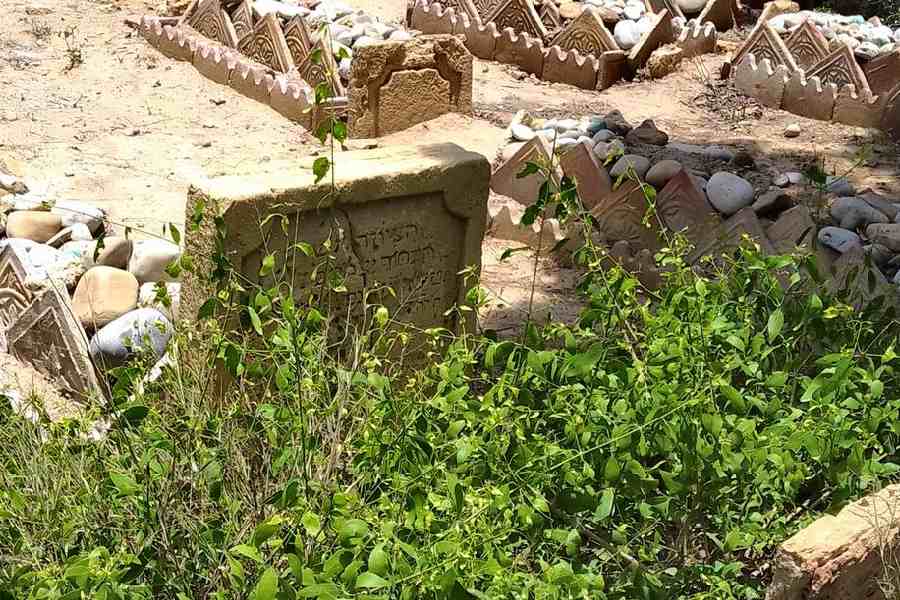
Only a few dozens of Jewish graves remain in the Karachi's Jewish cemetery
"Jews in Karachi had two synagogues," says town planner and architect Arif Hasan. "One was a large work of construction [Magain Shalome] which was destroyed, and the other was a smaller one [in the Ramaswamy area]. The latter is used for other purposes and [these days] is hard to spot. There is a graveyard in Mewa Shah where they have epitaphs and gravestones inscribed in Hebrew."
Over 170 years of history
But Mewa Shah isn't the only cemetery with Jewish graves. The Kutchi Memon Graveyard in Ranchorline, too, has a small, more than-a-century-old, burial place for Jewish men and women. It's a well-kept, clean facility with gatekeepers and a proper office at the entrance.
There is also designated caretaker for the historic structures.
"I look after the graves," says Mulla Khudadad, also known as Babu Bhai. "They have not been in a good condition, but they [Jews] have their people who sometimes visit us. The last time they came here they improved their deteriorating condition by erecting bricks around them."
Babu said there are 50 Jewish graves here, but his son, Shoaib, notes that only 25 or 26 remain — the rest have caved in or disappeared into the ground. Shoaib claimed one of them was made in 1852, which makes it a 171-year-old site.
Town planner Hasan has done extensive research into history of Karachi's Jews. It is believed they migrated from Iran in the 19th century. They were tradesmen, artisans, poets and civil servants. According to Hasan, around 2,500 Jews lived in Karachi before 1947. Most of them left for Ramalain, Israel, where their descendants still live. They have built a synagogue and named it Magain Shalome Karachi.

